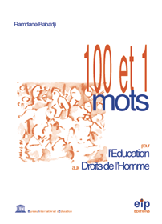

The term Charter does not always refer to the same thing. Sometimes it means an international agreement such as the United Nations Charter, the African Charter on Human and Peoples’ Rights or the European Social Charter. It is also used for a group of texts such as the International Charter of Human Rights. The nature of a document called a Charter, therefore, depends on its detailed contents.
*See : Convention, Covenant, Protocol, Treaty
